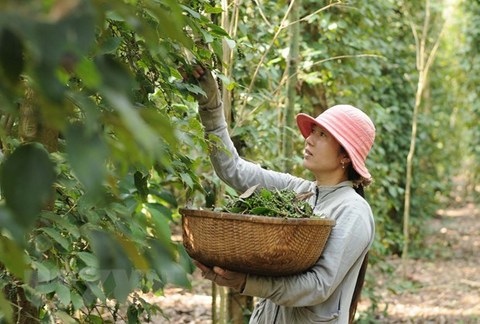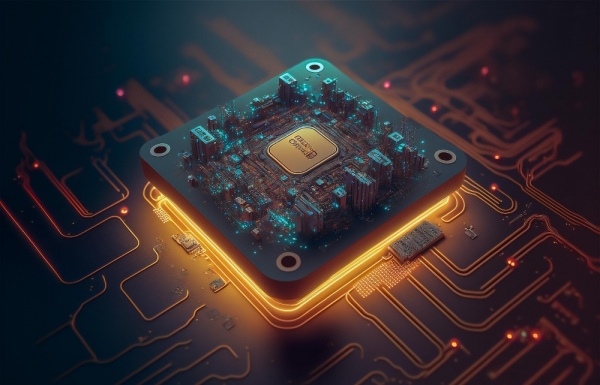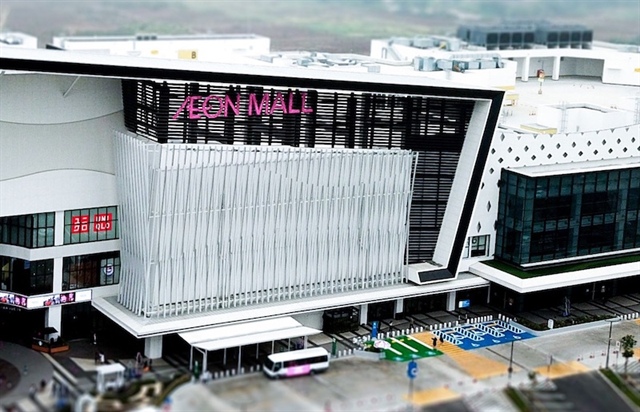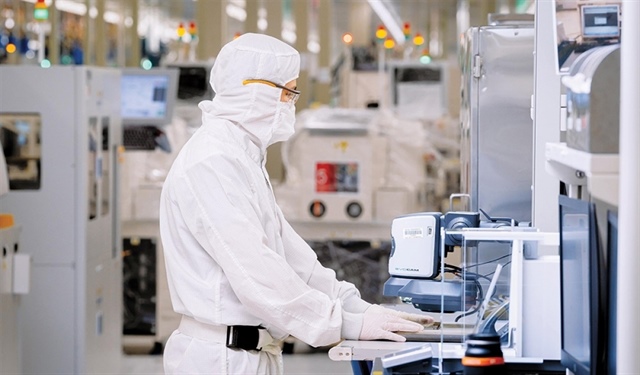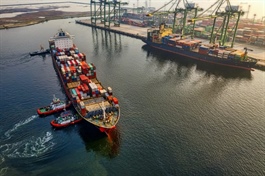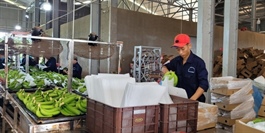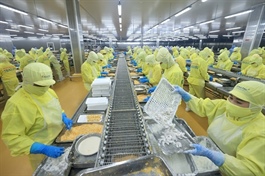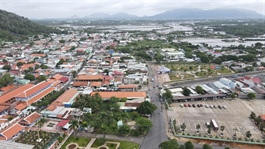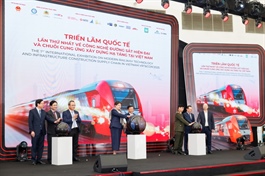Long-term national vision is first step for semiconductors
Long-term national vision is first step for semiconductors
Vietnam stands at the threshold of becoming a key node in the world’s semiconductor supply chain, but strengthening this and investing in personnel are necessary to become a trusted link in the global chipmaking network.
At the Vietnam Semiconductor Industry Exhibition on November 7-8, officials and experts from major global firms and institutions outlined Vietnam’s path to becoming a competitive semiconductor hub.
“The Netherlands is a frontrunner in the semiconductor industry,” said Kees van Baar, Ambassador of the Netherlands to Vietnam, noting that about 85 per cent of integrated circuits worldwide are made using Dutch-designed equipment.
He highlighted a model that could inspire Vietnam: 90 per cent of the value of Dutch chip-making machines is created by suppliers, from mechatronics to optics and engineering services. “Vietnam’s growing manufacturing capabilities give its businesses an advantage,” he said. “There’s a whole new world of opportunities here.”
But the ambassador stressed that Vietnam must also build supporting policies, streamlined regulations, investor services, and reliable digital and energy infrastructure, to fully realise its potential. “Strengthening the ecosystem will benefit Vietnam and also contribute to a more resilient global supply chain,” he said.
For industry leaders, the post-pandemic supply chain is built on resilience, proximity, and reliability.
“Resilience today isn’t just about speed, it’s about managing geopolitical and economic complexity,” said Brian Tan, regional president of Applied Materials, one of the world’s largest semiconductor equipment companies.
Since 2020, Applied Materials has doubled its procurement spending in Southeast Asia from 10 to more than 20 per cent, reflecting the region’s growing role in its global network.
“Vietnam’s proximity to Singapore, where we operate a major hub producing nearly half its global output, is another advantage. That’s where we want our suppliers to be close to the ecosystem,” Tan said. “But reliability is paramount. Our customers want to work with people they trust. We tell our suppliers the same.”
Dutch back-end equipment maker BESI is already expanding its presence in Vietnam. “We’ve been in Malaysia, China, Singapore, and for two years now in Ho Chi Minh City,” said Henk Jan Jonge Poerink, general manager of BESI. “Many of our customers are expanding in Vietnam, and we want to be close to them.”
BESI aims for 80 per cent local sourcing to meet cost and carbon neutrality goals. However, Vietnam’s suppliers must improve in high-precision machining and systems integration to meet global standards.
“For our tools, we need precision down to one or two microns, in cleanroom environments. That is something Vietnam is still developing,” he explained. “BESI has launched a supplier development programme to help local partners meet these standards. Our supplier quality engineers are not auditors, they help suppliers achieve results that benefit both sides.”
For David Hoang, founder of Alliance Global Services (AGS), Vietnam’s potential is already being realised. AGS began as a Silicon Valley precision engineering company supplying Applied Materials, then moved production to Vietnam in 2005 to combine cost efficiency with world-class standards. It now serves global clients like Intel, Lam Research, KLA Tencor, and Boeing.
“Applied Materials had zero tolerance for mistakes, we had to excel,” Hoang said. “AGS invested in Vietnam’s first Makino a-1 machine and 8-axis multitasking turning mills capable of producing complex components such as chambers and heaters. My message to local firms is that clients need you as much as you need them. But you must perform, get the right skill sets and deliver quality.”
From a policy perspective, Ly Nguyen, manager at the Tony Blair Institute for Global Change, outlined what Vietnam must prioritise to sustain its semiconductor ambitions.
“Vietnam needs a clear, long-term national vision that defines its value proposition within the global semiconductor chain,” she said. “That strategy should coordinate government, industry, and academia to maximise knowledge spillovers.”
Vietnam’s new Investment Support Fund could help, Nguyen noted, if it channels resources towards innovation and high-value subsectors. But the most pressing need, she added, is human capital.
“Investing in talent is the top priority, Vietnam has begun implementing a semiconductor human resource strategy, and partnerships between the National Innovation Centre, universities, and industry are already taking shape. That momentum must continue,” she said.
For local firms seeking to join the global semiconductor ecosystem, Poerink of BESI said, “Decide which category you want to be in, supplying fabs or equipment companies. Each requires different skills. Focus on your customer and develop the right capabilities.”
- 10:59 17/11/2025


